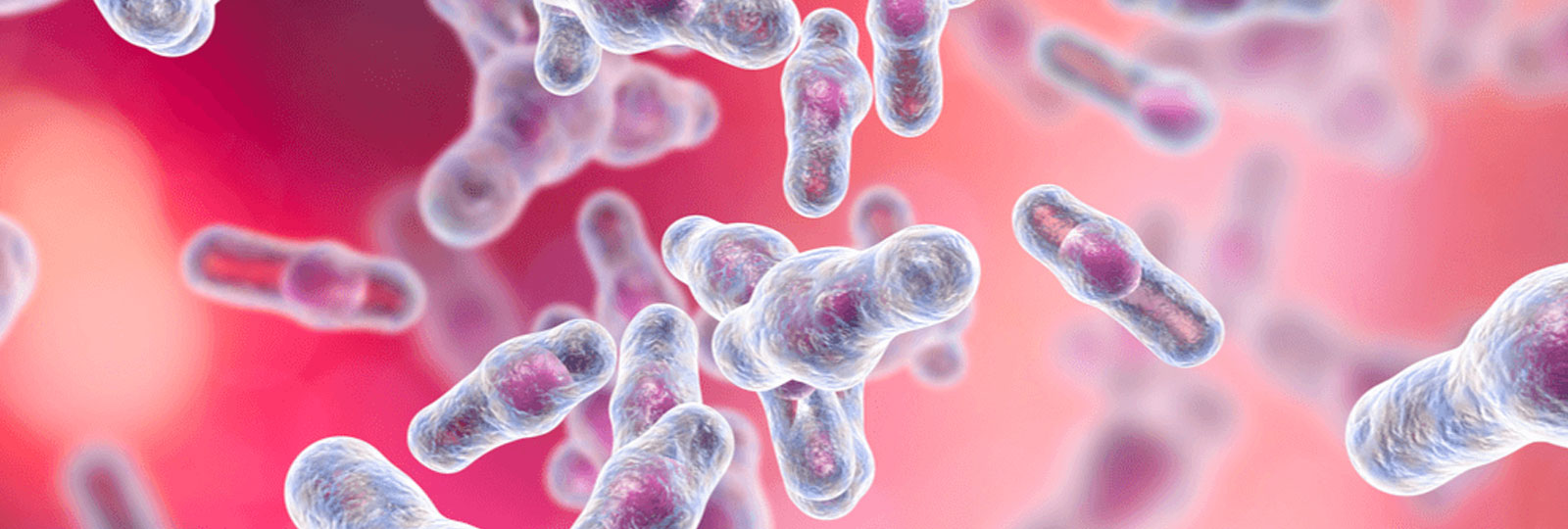
Updated February 2021 with infographic linked above
Healthcare acquired infections (HAIs) are the result of a sequence of events that take place between an infectious agent (or pathogen), a host and an environment – in a process that is referred to as the ‘chain of infection’.
Understanding how infections become established in healthcare settings is crucial for effective infection prevention and control.
In this blog post we explore the six key links in the chain of infection, together with the actions that can be taken to disrupt the chain.
The 6 links in the chain of infection
1. The pathogen
The first link in the chain of infection is the infectious agent or pathogen which can take the form of:
- Viruses – such as Influenza A, shingles and Hepatitis
- Bacteria – including Lyme disease and Leptospirosis
- Fungi – for example Candidiasis and Aspergillosis
- Parasitic protozoan diseases – such as Malaria, Giardia and Toxoplasmosis
- Prions – which are the cause of rare progressive neurodegenrative disorders such as Creutzfeldt-Jakob disease (CJD)
How well any pathogen is able to thrive depends on three factors:
- Its pathogenicity – its ability to produce disease
- Its degree of virulence – its severity or harmfulness
- Its invasiveness – its tendency to spread
2. The reservoir
A reservoir is the principal habitat in which a pathogen lives, flourishes and is able to multiply.
Common reservoirs for infectious agents include humans, animals or insects and the environment.
Human reservoirs
In humans, there are two forms of reservoir: acute clinical cases (in which someone is infected and is displaying signs and symptoms of the disease); and carriers (where someone has been colonised with an infectious agent but is not unwell.
Acute clinical cases are more likely to be diagnosed and treated which means that the patient’s contacts and normal activities will normally be restricted. Carriers, however, can present more of a risk to those around them because they do not display any signs or symptoms of illness.
Carriers can be further subdivided into four main types:
- Incubatory carriers – people who are infectious even before their own symptoms start
- Inapparent carriers – in which an individual is able to transmit an infection to others, without ever developing the infection themselves
- Convalasecent carriers – people who are in the recovery phase of their illness but who continue to be infectious
- Chronic carriers – anyone who has recovered but who continues to be a carrier for infection.
Animal & insect reservoirs
Examples of animal or insect reservoirs include Lyme disease (which is transmitted via ticks); Rabies (which is transmitted by dogs, cats, foxes and bats); and Salmonella (which is transmitted by poultry, cattle, sheep and pigs).
Any infectious disease that is transmitted under natural conditions from animal to human is referred to as zoonosis.
Environmental reservoirs
The environment contains a large number of reservoirs of infection, including soil (which acts as a reservoir for Clostridium tetani, the causative agent of tetanus) and water (which is a reservoir for Legionella pneumophila, the causative agent of Legionnaire’s disease).
3. The portal of exit
The portal of exit is any route which enables a pathogen to leave the reservoir or host. In humans the key portals of exit are:
- Alimentary – via vomiting, diarrhoea or biting
- Genitourinary – via sexual transmission
- Respiratory – through coughing, sneezing and talking
- Skin – via skin lesions
- Trans-placental – where transmission is from mother to foetus
4. The mode of transmission
The two main ways that an infection can be transmitted from its reservoir to a susceptible host are via direct transmission or indirect transmission.
Direct transmission tends to be instantaneous and occurs when there is direct contact with the infectious agent. Examples include tetanus, glandular fever, respiratory diseases and sexually transmitted diseases.
Indirect transmission can occur through animate mechanisms such as fleas, ticks, flies or mosquitoes or via inanimate mechanisms such as food, water, biological products or surgical instruments.
Indirect transmission can also be airborne, in which tiny particles of an infectious agent are carried by dust or droplets in the air and inhaled into the lungs.
5. The portal of entry
The portal of entry is the means by which an infection is able to enter a susceptible host.
Portals of entry into the human body include:
- Inhalation (via the respiratory tract)
- Absorption (via mucous membranes such as the eyes)
- Ingestion (via the gastrointestinal tract)
- Inoculation (as the result of an inoculation injury)
- Introduction (via the insertion of medical devices)
6. The susceptible host
The last link in the chain of infection is the susceptible host.
How susceptible any host will be, depends on a variety of factors:
- Their age – and in particular if they are very young or very old
- Whether there is any presence of malnutrition or dehydration
- Whether there is any underlying chronic disease
- If the host suffers from immobility
- If they are taking any medication which could disrupt or suppress their immune response
- General resistance factors (such as mucous membranes, skin, cough reflex etc) that can help defend against infection
How can we break the chain of infection?
The healthcare environment can expose patients to infection risks that they may not encounter elsewhere.
Understanding how infections become established, and how they are transmitted, is essential for effective infection prevention and control.
There are opportunities to break or disrupt the chain at any link: though the rapid and accurate diagnosis of an infectious disease; the prompt treatment of infected patients; the safe disposal of waste; the sterilisation and disinfection of medical equipment or the implementation of an environmental decontamination strategy.





